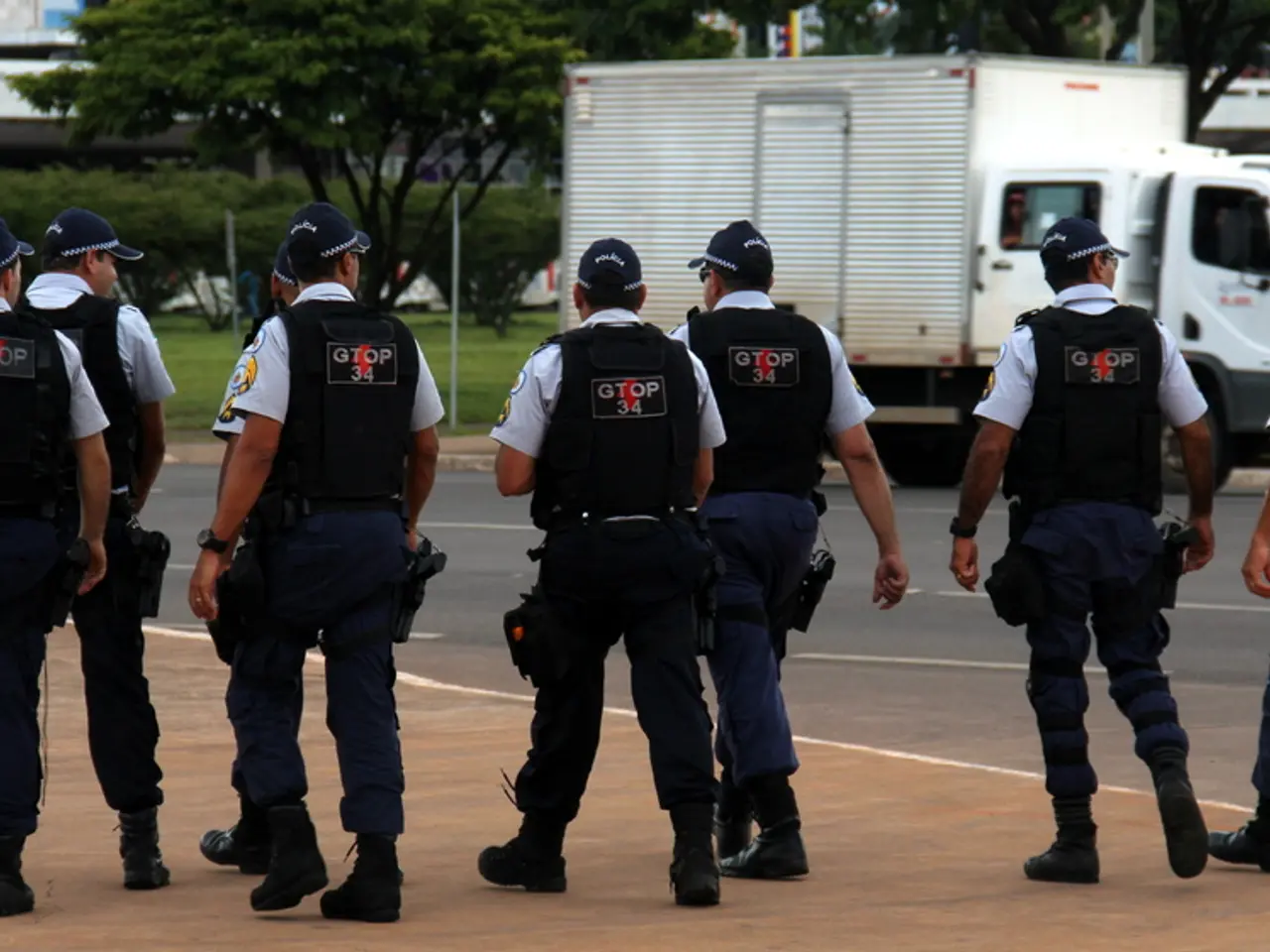Changes to Presidential Directives: Addressing the Trafficking of Illegal Substances via the Northern Border (Trump Administration)
President Trump has taken further action to hold Canada accountable for its continued role in the illicit drug crisis, escalating tariffs on Canadian imports as a means to pressure the country and limit drug imports linked to the opioid crisis.
The President provided Canada ample opportunity to curb the dangerous cartel activity and influx of lethal drugs flowing into the U.S., but Canada's response has been met with frustration from the U.S. government.
In March, President Trump determined that Canada had failed to adequately address the situation and proceeded with the imposition of a 25% tariff. This decision followed the signing of Executive Order 14193 in February, which imposed an ad valorem duty rate of 25% on imports from Canada in response to the national emergency declared by the President.
Canada's response to the crisis includes a 2024 budget allocation of $150 million over three years for an Emergency Treatment Fund to aid rapid intervention in critical areas affected by the crisis. The country has also increased access to opioid agonist treatments in correctional and community settings to reduce overdose deaths.
Meanwhile, the U.S. government has sharply escalated its response to illicit fentanyl and other opioid drugs flowing from Canada. Trump's administration has targeted Canadian goods specifically, with a 35% ad valorem tariff that excludes goods qualifying under USMCA and imposes a 40% tariff on transshipped goods attempting to evade duties.
This move reflects a complex interplay of public health efforts and international trade policy amid ongoing challenges controlling fentanyl and synthetic opioid flows. The U.S. government has also taken earlier efforts under Presidents Biden and Trump, involving sanctions on fentanyl suppliers abroad and executive orders against synthetic opioid trafficking.
The escalation of tariffs on Canadian imports is part of Trump's efforts to intensify action against the ongoing fentanyl influx, which began when he returned to office in 2025. This move is aimed at pressuring Canada and limiting drug imports linked to the opioid crisis, shifting the U.S. government's stance towards a more punitive trade and border control approach.
- The ongoing fentanyl influx from Canada is a subject of intense scrutiny in the realm of politics, with President Trump's new policy and legislation aimed at intensifying action against this illicit drug crisis.
- Amidst war-and-conflicts between countries, the U.S. and Canada are in the midst of a tug-of-war over the opioid crisis, with President Trump's tariffs on Canadian goods being a significant part of his strategy to hold Canada accountable and limit drug imports.
- In the general news sphere, the U.S. government's response to the influx of lethal drugs from Canada, including the imposition of tariffs and border control measures, has been a focal point, reflecting the intersection of health, crime-and-justice, and international politics.





